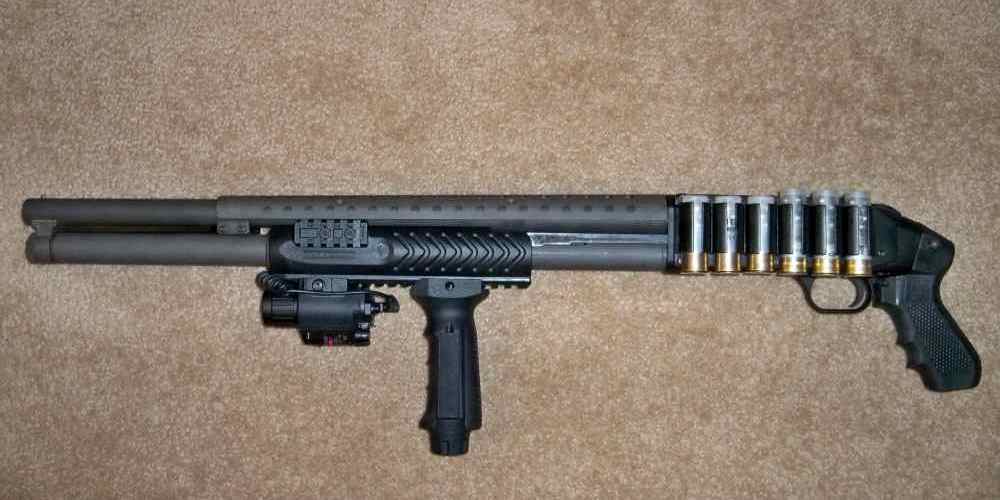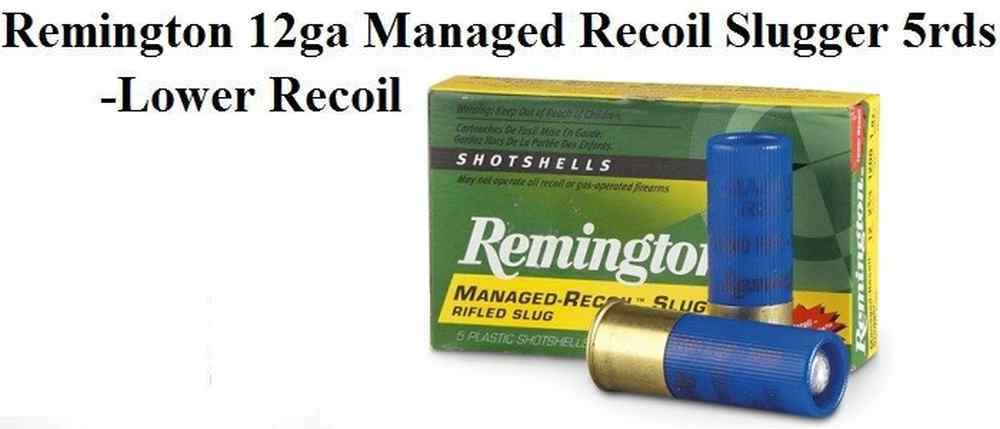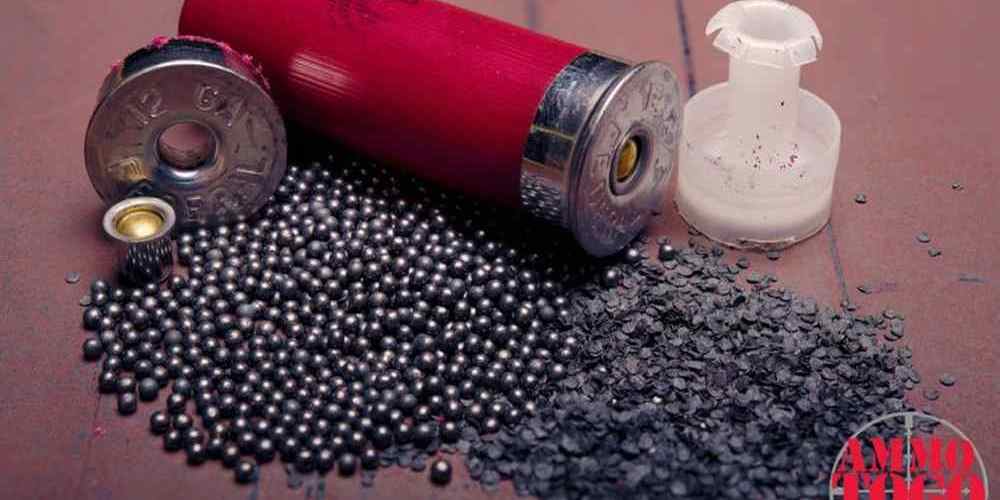“Pattern Testing: Find the Perfect Shotgun Shell for Your Needs”
Benefits of Pattern Testing for Shotgun Shells
Pattern testing is a crucial step in ensuring that your shotgun is performing at its best. By understanding how different shotgun shells perform in your firearm, you can make informed decisions about which shells to use for different shooting scenarios. This process involves shooting a series of test shots at a target to determine the spread and density of the shot pattern. By analyzing the results, you can identify the most effective shotgun shell for your specific needs.
One of the key benefits of pattern testing is that it allows you to optimize your shotgun’s performance. Different shotguns have unique barrel lengths, chokes, and bore diameters, all of which can affect the way a shotgun shell performs. By pattern testing with a variety of shells, you can determine which ones produce the tightest, most consistent patterns in your firearm. This information can help you choose the best shotgun shell for hunting, trap shooting, or any other shooting activity.
Another benefit of pattern testing is that it can help you save money on ammunition. By identifying the most effective shotgun shell for your firearm, you can avoid wasting money on shells that don’t perform well. This can be especially important for competitive shooters who go through large quantities of ammunition. By pattern testing regularly, you can ensure that you are using the most cost-effective shells for your needs.
Pattern testing can also improve your shooting accuracy. By understanding how different shotgun shells perform in your firearm, you can make adjustments to your shooting technique to achieve better results. For example, if you notice that a particular shell produces a wide spread pattern, you may need to adjust your aim to compensate. By practicing with different shells and analyzing the results, you can fine-tune your shooting skills and become a more accurate shooter.
In addition to improving your shooting performance, pattern testing can also enhance your overall shooting experience. By experimenting with different shotgun shells and analyzing the results, you can gain a deeper understanding of how your firearm functions. This knowledge can help you become a more knowledgeable and confident shooter, which can make your time at the range or in the field more enjoyable.
When it comes to pattern testing, there are a few key factors to consider. First, make sure you are using a consistent testing method. This means shooting from the same distance, using the same target, and shooting under similar conditions each time. This will help ensure that your results are accurate and reliable.
Second, be sure to test a variety of shotgun shells. Different brands, loads, and shot sizes can all produce different patterns in your firearm. By testing a range of shells, you can identify the ones that perform best in your shotgun.
Finally, take the time to analyze your results. Look for patterns in the data, such as which shells consistently produce the tightest patterns or the most even shot distribution. By carefully examining your results, you can make informed decisions about which shotgun shells to use in different shooting situations.

In conclusion, pattern testing is a valuable tool for any shotgun owner. By understanding how different shotgun shells perform in your firearm, you can optimize your shotgun’s performance, save money on ammunition, improve your shooting accuracy, and enhance your overall shooting experience. By following a consistent testing method, experimenting with a variety of shells, and analyzing your results, you can choose the right shotgun shell for any shooting scenario.
Common Mistakes to Avoid When Pattern Testing
Pattern testing is a crucial step in ensuring that your shotgun is performing at its best. By analyzing the spread of pellets on a target, you can determine the effectiveness of your shotgun shell and make adjustments as needed. However, there are common mistakes that shooters often make when pattern testing that can lead to inaccurate results. In this article, we will discuss these mistakes and provide tips on how to avoid them.
One common mistake that shooters make when pattern testing is using the wrong target distance. It is important to test your shotgun shell at the distance at which you will be shooting in the field. Shooting at a target that is too close or too far away can give you misleading results. Make sure to choose a target distance that is representative of your typical shooting scenario.
Another mistake to avoid is using the wrong choke. The choke of your shotgun can greatly affect the spread of pellets, so it is important to use the correct choke when pattern testing. Make sure to test your shotgun shell with the choke that you will be using in the field. This will give you a more accurate representation of how your shotgun will perform in real-world situations.
In addition, it is important to use the correct shooting technique when pattern testing. Make sure to mount your shotgun properly and maintain a consistent shooting stance. Inconsistent shooting technique can lead to inconsistent results, so it is important to pay attention to your form when pattern testing.
Another common mistake that shooters make when pattern testing is not using enough shots. It is important to take multiple shots with each shotgun shell to get a more accurate representation of its performance. Shooting only one or two shots can lead to unreliable results, so make sure to take multiple shots and analyze the average pattern.
Furthermore, it is important to pay attention to environmental factors when pattern testing. Wind, rain, and other weather conditions can greatly affect the spread of pellets, so make sure to take these factors into account when pattern testing. If possible, try to pattern test in similar conditions to those in which you will be shooting in the field.
Lastly, it is important to keep detailed records of your pattern testing results. By keeping track of the performance of different shotgun shells, chokes, and shooting techniques, you can make more informed decisions when choosing the right shotgun shell for your needs. Keep a log of your pattern testing results and refer back to it when making decisions about your shotgun setup.
In conclusion, pattern testing is an important step in ensuring that your shotgun is performing at its best. By avoiding common mistakes and following these tips, you can make sure that you are choosing the right shotgun shell for your needs. Pay attention to target distance, choke selection, shooting technique, number of shots, environmental factors, and record-keeping to get the most out of your pattern testing. Happy shooting!
Importance of Consistency in Shotgun Shell Selection
When it comes to shotgun shooting, consistency is key. Whether you are a seasoned hunter or a beginner just getting into the sport, choosing the right shotgun shell can make all the difference in your shooting performance. Pattern testing is a crucial step in determining which shotgun shell works best for your gun and shooting style. In this article, we will discuss the importance of consistency in shotgun shell selection and provide some tips on how to choose the right shotgun shell for your needs.
Pattern testing is the process of shooting a series of rounds at a target to determine the spread and density of the shot pattern. This allows you to see how different shotgun shells perform in your gun and helps you make an informed decision on which shell to use. Consistency in shotgun shell selection is important because it ensures that you are getting the best performance out of your gun every time you pull the trigger.
One of the key factors to consider when choosing a shotgun shell is the shot size. Different shot sizes are designed for different types of game and shooting situations. For example, smaller shot sizes like #7 or #8 are ideal for shooting small game like doves or quail, while larger shot sizes like #4 or #6 are better suited for shooting larger game like ducks or geese. It is important to choose a shot size that is appropriate for the type of game you will be hunting to ensure a clean and ethical kill.
Another important factor to consider when choosing a shotgun shell is the shot material. Lead shot has been the traditional choice for shotgun shells, but in recent years, many states have banned the use of lead shot due to its harmful effects on the environment. Non-toxic shot materials like steel, bismuth, or tungsten are now widely available and offer comparable performance to lead shot. It is important to check the regulations in your area to ensure that you are using a legal shot material for hunting.
In addition to shot size and material, the shot weight and velocity of a shotgun shell can also affect its performance. Heavier shot loads typically have more pellets and deliver more energy to the target, making them ideal for longer range shooting. However, heavier shot loads can also produce more recoil, which may affect your shooting accuracy. It is important to find a balance between shot weight and velocity that works best for your shooting style and comfort level.
When pattern testing different shotgun shells, it is important to shoot at a consistent distance and aim for the same point on the target each time. This will help you accurately compare the performance of each shell and determine which one produces the best shot pattern for your gun. It is also important to consider factors like choke constriction and barrel length, as these can affect the spread and density of the shot pattern.
In conclusion, consistency in shotgun shell selection is crucial for achieving optimal shooting performance. By pattern testing different shotgun shells and considering factors like shot size, material, weight, and velocity, you can choose the right shell for your gun and shooting needs. Remember to always follow local regulations and ethical hunting practices when selecting a shotgun shell. Happy shooting!
Understanding Different Types of Shotgun Shell Patterns
When it comes to choosing the right shotgun shell for your hunting or shooting needs, understanding the different types of shotgun shell patterns is crucial. Pattern testing is a method used to determine how a shotgun shell performs in terms of shot spread and density. By conducting pattern tests, you can determine which shotgun shell will give you the best results in terms of accuracy and effectiveness.
There are several factors that can affect the pattern of a shotgun shell, including the type of shot, the size of the shot, the choke of the shotgun, and the distance to the target. Different types of shotgun shells are designed for different purposes, so it’s important to choose the right one for your specific needs.
One of the most common types of shotgun shell patterns is the “full choke” pattern, which is characterized by a tight shot spread and high shot density. Full choke shotgun shells are typically used for long-range shooting, as they provide greater accuracy and penetration at longer distances. If you’re looking to shoot targets at a distance, a full choke shotgun shell may be the best option for you.
On the other hand, “modified choke” shotgun shells have a slightly wider shot spread and lower shot density than full choke shells. Modified choke shotgun shells are versatile and can be used for a variety of shooting activities, including hunting and clay pigeon shooting. If you’re looking for a shotgun shell that offers a balance between accuracy and shot spread, a modified choke shell may be the right choice for you.
Another factor to consider when choosing a shotgun shell is the size of the shot. Shot size refers to the diameter of the individual pellets in the shotgun shell. Larger shot sizes, such as buckshot or slugs, are typically used for hunting larger game, while smaller shot sizes, such as birdshot, are used for hunting smaller game or shooting clay pigeons.
The choke of the shotgun also plays a significant role in determining the pattern of a shotgun shell. The choke is a constriction at the end of the shotgun barrel that controls the spread of the shot. Different chokes, such as full choke, modified choke, and improved cylinder choke, produce different patterns and shot spreads. It’s important to choose a shotgun shell that is compatible with the choke of your shotgun to achieve the desired results.
Distance to the target is another important factor to consider when choosing a shotgun shell. The farther away the target is, the more important shot spread and density become. If you’re shooting at long distances, you’ll want a shotgun shell that produces a tight pattern with high shot density to ensure accuracy and effectiveness.
In conclusion, understanding the different types of shotgun shell patterns is essential for choosing the right shotgun shell for your shooting needs. By conducting pattern tests and considering factors such as shot size, choke, and distance to the target, you can select a shotgun shell that will give you the best results in terms of accuracy and effectiveness. Whether you’re hunting, shooting clay pigeons, or engaging in other shooting activities, choosing the right shotgun shell can make all the difference in your performance.
Tips for Improving Accuracy Through Pattern Testing
Pattern testing is a crucial step in ensuring that your shotgun is performing at its best. By understanding how different shotgun shells pattern, you can make informed decisions about which ones will give you the best results in the field. In this article, we will discuss the importance of pattern testing and provide some tips on how to choose the right shotgun shell for your needs.
When it comes to pattern testing, consistency is key. You want to make sure that you are using the same shotgun, choke, and shooting conditions each time you test a new shell. This will help you accurately compare the patterns and determine which shell is best for your shotgun.
One of the first things to consider when pattern testing is the choke of your shotgun. Different chokes will produce different patterns, so it’s important to test your shells with the choke that you plan on using in the field. Improved cylinder, modified, and full chokes are the most common choices for hunting shotguns, so be sure to test your shells with each of these chokes to see how they perform.
Another factor to consider when pattern testing is the shot size of the shell. Shot size refers to the diameter of the individual pellets in the shell, with smaller shot sizes containing more pellets and larger shot sizes containing fewer pellets. The shot size you choose will depend on the type of game you are hunting and the distance at which you plan on shooting. For example, smaller shot sizes are typically used for upland game hunting, while larger shot sizes are better suited for waterfowl hunting.
In addition to choke and shot size, you should also consider the shot material of the shell. Lead, steel, and bismuth are the most common shot materials used in shotgun shells, with each material offering its own set of advantages and disadvantages. Lead shot is the most popular choice for hunting, as it is dense and delivers good energy transfer to the target. Steel shot is required for waterfowl hunting in many areas due to its non-toxic properties, but it is less dense than lead and may not perform as well at longer distances. Bismuth shot is a good alternative to lead for those looking for a non-toxic option, as it is denser than steel and offers good performance at longer ranges.
When conducting pattern tests, be sure to shoot at a variety of distances to see how the shells perform at different ranges. Start by shooting at a close range, such as 20 yards, and then gradually move back to 30, 40, and 50 yards. This will give you a good idea of how the shells pattern at different distances and help you determine the effective range of each shell.
In conclusion, pattern testing is an essential step in choosing the right shotgun shell for your needs. By testing your shells with the same shotgun, choke, and shooting conditions, you can accurately compare patterns and make an informed decision about which shell will give you the best results in the field. Be sure to consider factors such as choke, shot size, and shot material when conducting pattern tests, and shoot at a variety of distances to see how the shells perform at different ranges. With these tips in mind, you can improve your accuracy and make the most of your hunting experience.




